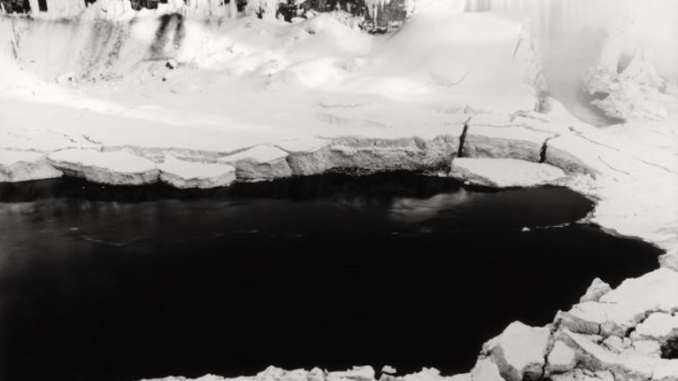
By Lexie Blakeman
Staff Writer
Thomas Joshua Cooper became a well-known photographer with his stunning nature photos depicting outdoor sites that are isolated.
“The World’s Edge” opened on Sept. 22 at the Los Angeles County Museum of Art in the Resnick Pavilion, and the intense, distinctive photos are well enjoyed by virtually all viewers.
The photos document Cooper’s 50 year-long career in which he has been traveling the world and taking shots of secluded areas that are generally unrecognizable. The viewer’s imagination creates a story based on the atmospheric and geographical details displayed in the photos. Each work in the exhibit is accompanied by audio commentary recorded by the artist, describing the stories behind his works.
The exhibit is comprised of 75 black-and-white photographs mainly from his series “The Atlas of Emptiness and Extremity,” “The Atlantic Basin Project,” and “The World’s Edge.” All the works are separated into three major geographical sections. The Atlantic, Northwest and Southwest contains photographs from Argentina, Brazil, Chile, Columbia, Mexico, Panama and Venezuela. The Atlantic and Northeast is comprised of England, Ireland, Norway, Portugal and Spain.
“The Ancient Beginnings” section contains breathtaking photos in Canada, Ireland and Spain. The contrasts in the photos from Ireland create unprecedented uniqueness in each photo. Since the photos are taken in different geographic areas and landscapes, the viewer is able to see a variety of locations, making for engrossing photography. Cooper’s photos are exclusive, as many of the destinations he pictures will soon be underwater and physically non-accessible due to climate change and rising sea levels.
In all of his photographs, Cooper purposely excludes a horizon line along with the land below his feet to create exceptional photographs of surrounding bodies of water, allowing the mind to come up with a story on its own, picturing it as though it were happening at that moment. Though the pictures all depict coastlines, the images show unique perspectives.
One of his famous photographs is of Signal Hill, near St. John’s, the isle of Newfoundland, Canada. It was taken at the same site where Guglielmo Marconi sent the first transatlantic cable message from Cornwall, England.
A notable series of Cooper’s photographs is called the “Columbian epic” in which Cooper retraced Christopher Columbus’ journey to the Americas. Seeking to take the exact same voyage Columbus took, Cooper’s crew set sail from Palos de la Frontera, Spain and sailing directly west across the Atlantic. This photograph was interesting in that it shows the viewer a piece of history, allowing them to put an image along with a real-life event.
The exhibit gives an overall unique and diverse experience for the viewer. While some photos appeared similar, each one tells a different story, allowing the viewer to use their imagination and make what they will of each shot.
“Thomas Joshua Cooper. The World’s Edge” is open through Feb. 2, 2020 everyday from 10 a.m. to 7 p.m. For more information on this and future exhibits, please visit lacma.org.




Leave a Reply